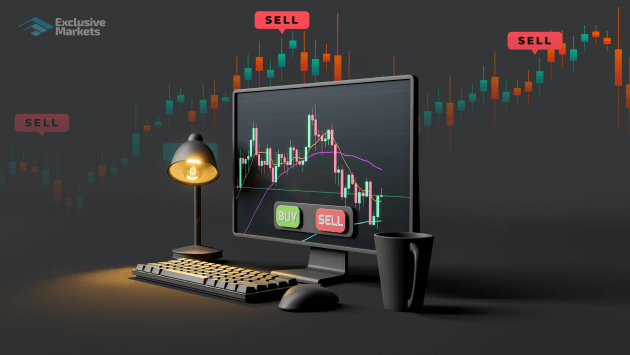
Forex trading, also known as foreign exchange trading, is the global market where currencies are exchanged. With a daily trading volume exceeding $6 trillion, it is one of the largest and most liquid financial markets in the world. Whether you are a beginner looking to dip your toes into the world of Forex or a seasoned trader aiming to refine your strategies, understanding the fundamentals is crucial. In this guide, we will explore essential concepts, strategies, and resources, including the benefits of working with a reputable trading forex Trading Broker ID for your Forex trading journey.
Understanding Forex Trading
Forex trading involves buying one currency while simultaneously selling another, typically in pairs. The most commonly traded currency pairs include EUR/USD, USD/JPY, and GBP/USD among others. Each pair reflects the relative value of one currency against another, and traders speculate on the movement of these pairs to profit from their fluctuations. For example, if you believe that the euro will strengthen against the dollar, you would buy the EUR/USD pair. Conversely, if you anticipate a decline, you would sell it.
The Basics of Currency Pairs
In Forex, currencies are listed in pairs. The first currency in the pair is known as the base currency, while the second is the quote currency. The exchange rate tells you how much of the quote currency is needed to purchase one unit of the base currency. Understanding how to interpret these pairs is essential for making informed trading decisions.
Types of Forex Market Participants
The Forex market is composed of various participants, including:
- Central Banks: They influence the market through monetary policy and economic stability.
- Commercial Banks: They conduct a majority of trading activity and provide liquidity in the market.
- Institutional Investors: Funds and investment firms that trade large volumes in the market.
- Retail Traders: Individual investors who trade for personal gain.
Technical vs. Fundamental Analysis
Forex traders often use two main types of analysis to guide their trading strategies: technical analysis and fundamental analysis.
Technical Analysis
Technical analysis involves studying price charts to identify patterns and trends. Traders use various indicators such as moving averages, RSI (Relative Strength Index), and MACD (Moving Average Convergence Divergence) to determine potential entry and exit points. This approach assumes that historical price movements can predict future trends.
Fundamental Analysis

Fundamental analysis, on the other hand, focuses on economic indicators, news events, and geopolitical factors that may affect currency values. Factors such as interest rates, inflation, and employment data can significantly influence the Forex market. By understanding these factors, traders can make informed predictions about currency movements.
Developing a Forex Trading Strategy
A successful Forex trading strategy combines elements from both technical and fundamental analysis while aligning with your trading personality and risk tolerance. Here are basic steps to develop a robust trading strategy:
- Define Your Goals: Determine what you want to achieve with Forex trading, whether it’s long-term investment or short-term gains.
- Choose a Trading Style: Decide whether you prefer day trading, swing trading, or position trading, each with its own time frames and strategies.
- Risk Management: Establish rules for how much capital you are willing to risk on each trade, and set stop-loss orders to minimize losses.
- Practice with a Demo Account: Before trading with real money, practice your strategy on a demo account to build confidence and tweak your approach.
Common Forex Trading Mistakes to Avoid
New traders often make several common mistakes that can lead to losses. Here are a few to watch out for:
- Lack of a Trading Plan: Failing to have a well-defined trading plan can lead to impulsive decisions.
- Neglecting Risk Management: Not using stop-loss orders or risking too much capital can result in significant losses.
- Overtrading: Trading too frequently or in large volumes can lead to exhaustion and emotional decision-making.
- Ignoring Market News: Economic news and events can dramatically affect currency prices; ignoring these can lead to unexpected losses.
The Role of Trading Brokers
Choosing a reliable trading broker is a critical step in your Forex trading journey. Look for brokers that offer competitive spreads, a robust trading platform, and excellent customer support. Additionally, ensure that they are regulated by recognized authorities to guarantee a secure trading environment.
Continued Education and Resources
The Forex market is constantly evolving, and continued education is vital. Utilize resources such as online courses, webinars, and trading communities to stay informed about new strategies and market trends. Reading Forex-related books and following expert analyses can also enhance your understanding and trading skills.
Conclusion
Forex trading carries inherent risks but also offers exciting opportunities for profit. By understanding the market, developing a solid trading strategy, and choosing the right broker, you can enhance your chances of success. Remember that patience, discipline, and continuous learning are essential components of a successful trading career.
